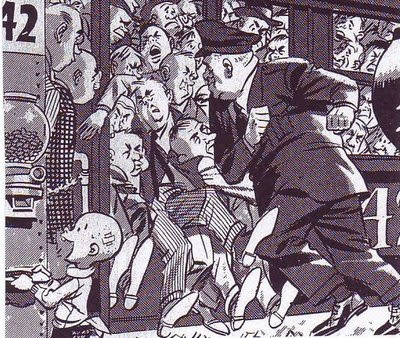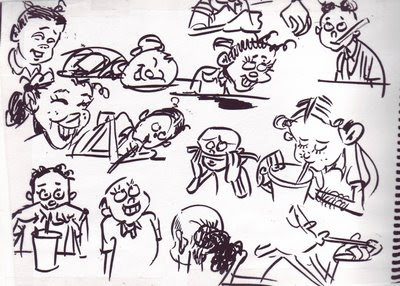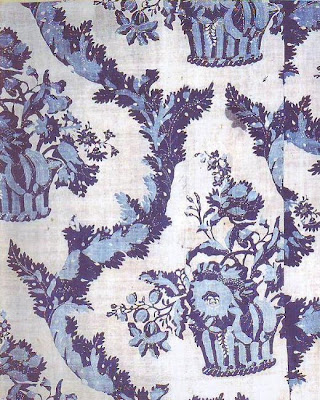 To Theory Corner Men:
To Theory Corner Men:
Men, let's face it. We've been selfish. We never talk to women the way they want to be talked to, the way they CRAVE to be talked to. They want their men to hold their hands and talk to them Don Juan de Marco-style, like this:
"There are some women...fine featured...a certain texture to the hair, a curve to the ears that sweeps like an eternal nautilus...these women have fingers with the same sensitivity as their feet...and when you touch their knuckles it's like pressing your hands around their knees..and touching this tender, fleshy part of their fingers is the same as brushing your hands around their thighs...and..."
OK, it sounds hokey to us but women eat this stuff up. And if they like it so much, why not give it to them? Consider that one half the world (men) has it in their power to make the other half of the world (women) substantially happier without spending a single cent. What a huge improvement for such a small effort!
I hear you say that that modern women would never fall for something this corny. NOT TRUE!
I've tried this on my family and female friends and it worked 100% of the time! I don't mean I tried to seduce them, just the opposite. I bragged before hand that I could get a reaction from them, whether they liked it or not, with over-the-top purple prose, then I read the dialogue hesitatingly from a dog-eared piece of paper in the presence of other people. Even under these circumstances, even with the most skeptical of women, after only a couple of minutes they were all reduced to shell-shocked puddles. Don't take my word for it, try it yourself and improve the world.
BTW, the picture is by the young Robert Crumb.


















































